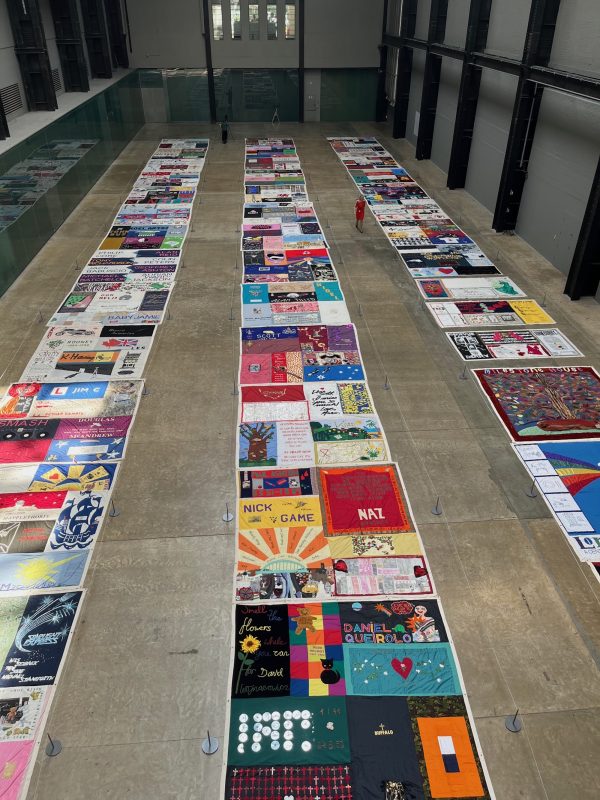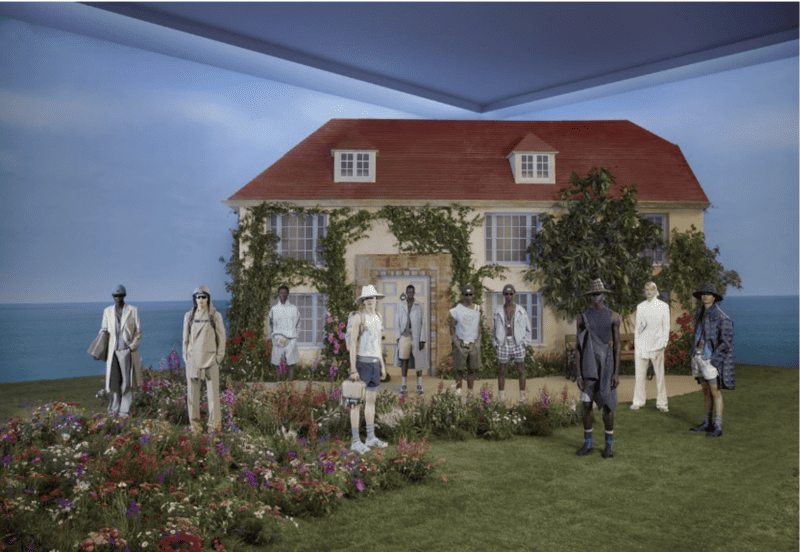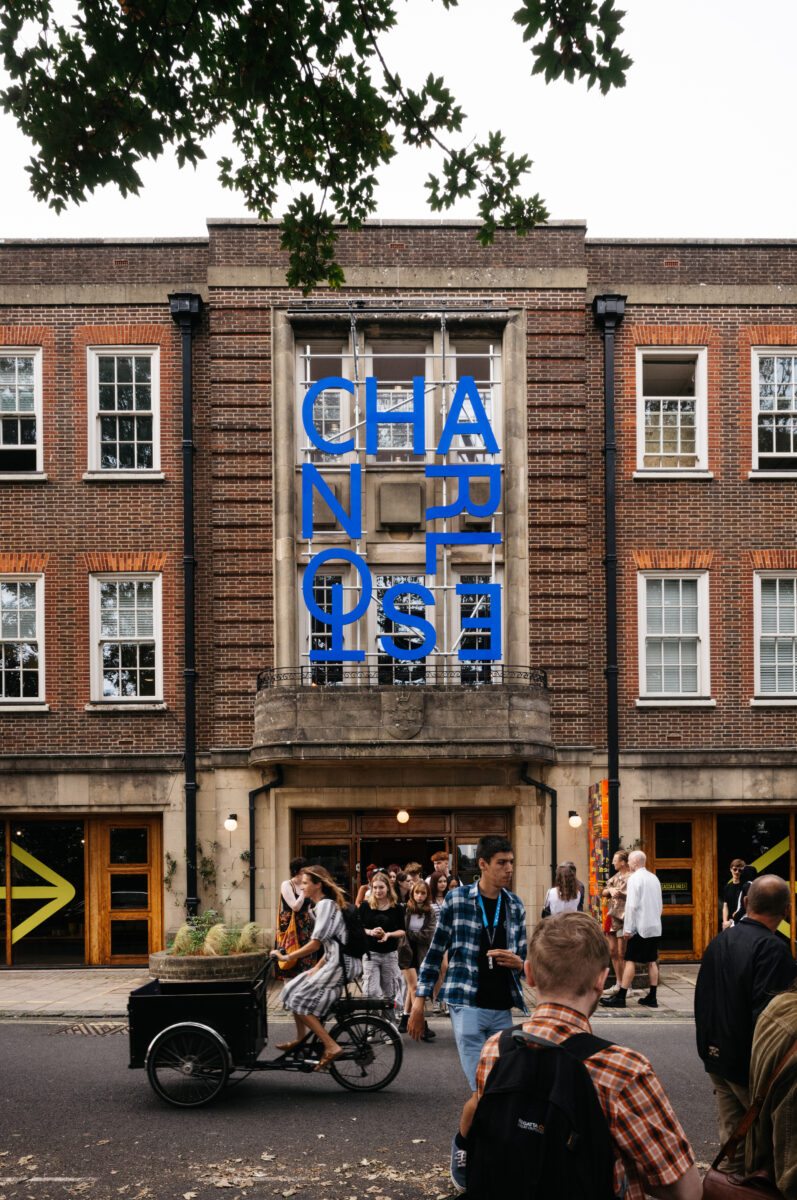
In a conference speech this week, British Prime Minister, Rishi Sunak declared that ‘a man is a man, and a woman is a woman, that’s just common sense.’ His words were met with applause, but they echo a sentiment that has been challenged for centuries.
One hundred years before this speech, a group of writers, artists, and thinkers, known as the Bloomsbury Group, centred themselves around Charleston house in Sussex. In 1923, Vanessa Bell and Duncan Grant, who permanently lived there, would have been painting, creating; Virginia Woolf, Bell’s sister, and frequent visitor would have just published Jacob’s Room the year before, and would later write in her diary of another book idea: Orlando, an Elizabethan aristocrat, who travels through four centuries, switching genders on route. I wonder how Woolf might have written Orlando’s response to Sunak’s binary Britain today.
The Bloomsbury Group wanted to have the freedom of self-expression beyond gender binaries and heteronormative confines. And how they fashioned themselves with their clothing to emancipate themselves from such strictures, is the subject of the exhibition at Charleston’s new space in Lewes, Bring No Clothes.
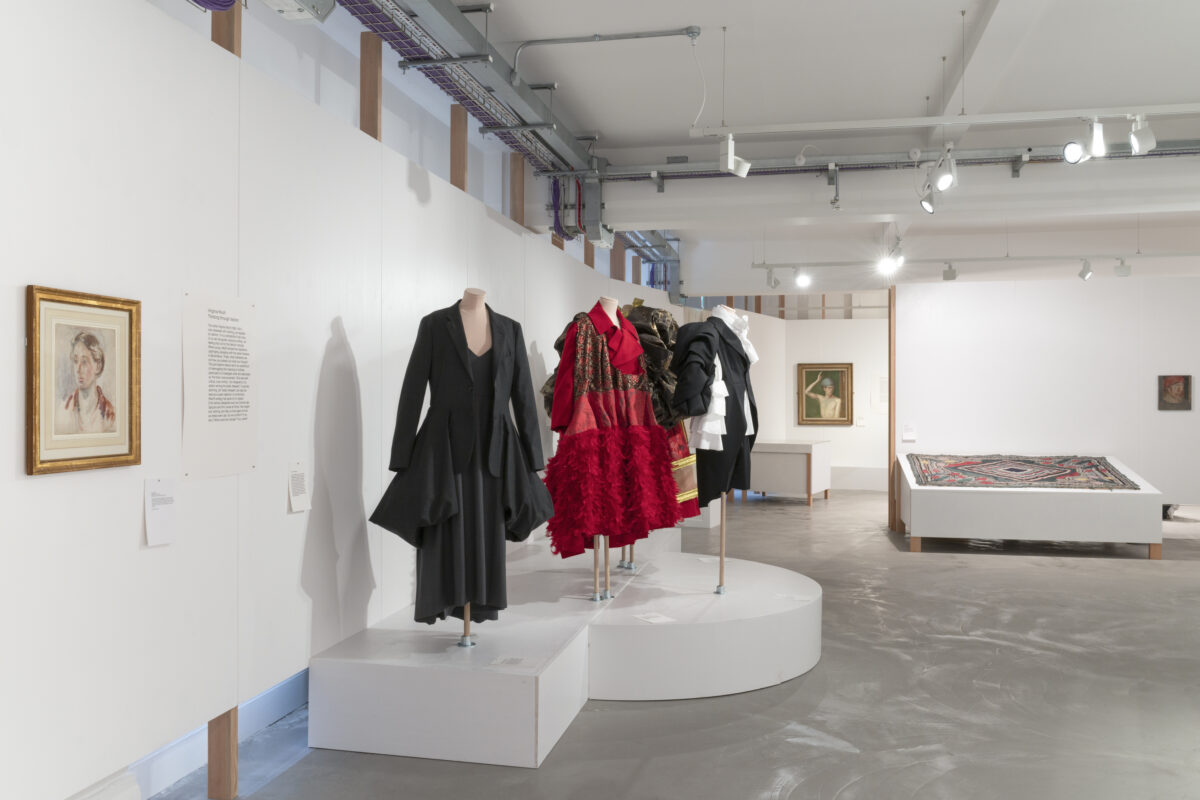
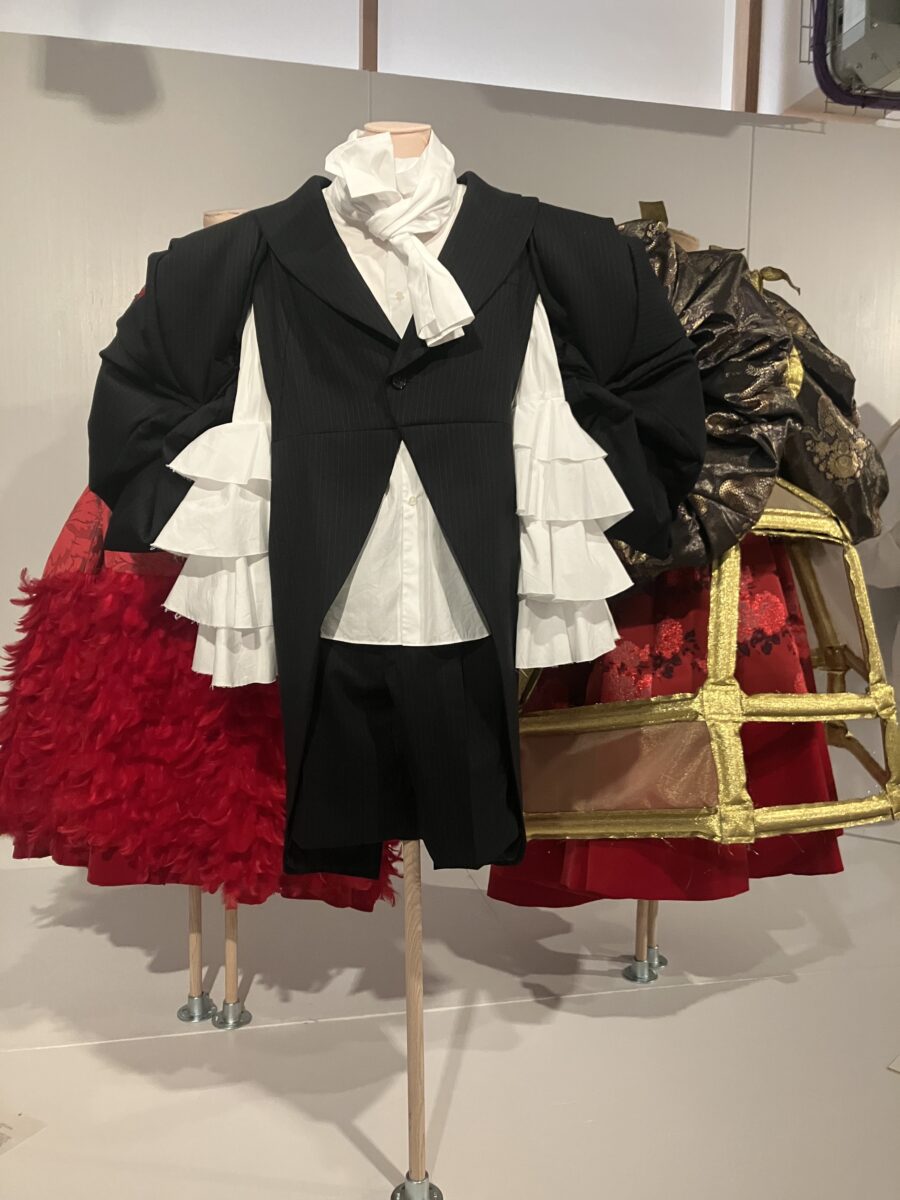
First room: There’s a copy of Orlando. Displayed next to it are the exuberant gender-defying costumes, made by Commes Des Garçons designer, Rei Kawakubo, for a 2019 operatic adaptation of the book. The show is curated by Charlie Porter, fashion journalist and author of What Artists Wear. But really, it’s hard to neatly classify it as a fashion exhibition. First, because, there aren’t many clothes at all worn by the Bloomsbury Group on show (Porter displays Charleston housekeeper Grace Higgins’ diary, where she writes in a deadpan manner of burning Vanessa Bell’s clothes).
But mainly because it feels like Porter wants to avoid the Bloomsbury Group being a static kind of ‘aesthetic’ to simply emulate; there’s no ‘look’ here, the show suggests. To set up clothes like relics to reverently gawp at them a Mrs Havisham wedding dress, would miss the point.
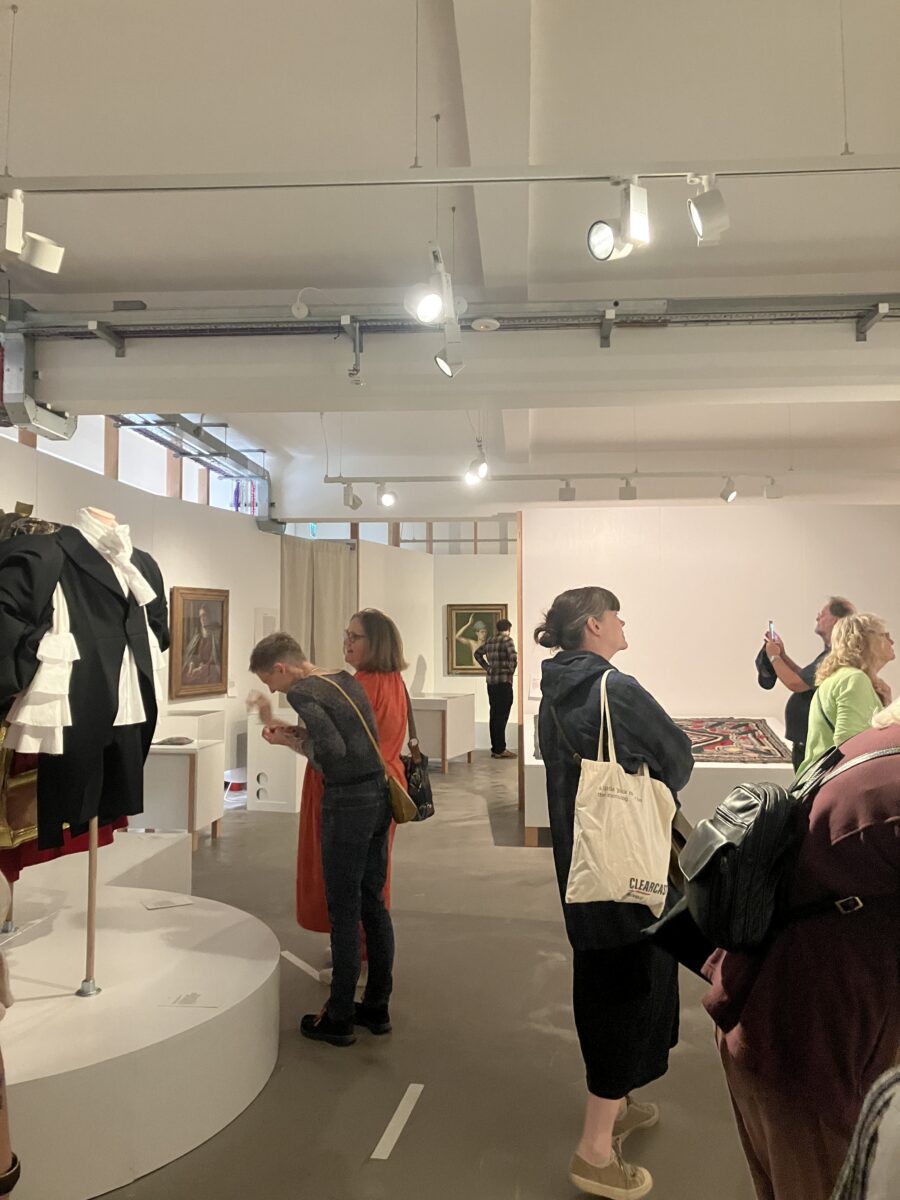
Instead, expect: a smorgasbord of objects, rugs, paintings, letters, books, images, and sometimes clothing from the group. That’s next to commissioned contemporary responses by non-industry conforming designers Jamara Alleyne, and Ella Boucht, as well as more established ones, like Kim Jones’ 2022 Dior menswear collection.
Part of Porter’s move away from a ‘Bloomsbury look’, is challenging the idea there’s a cohesive ‘style’, and rather considers what radical ideas each member gave, focusing on the five key figures: Virginia Woolf, Vanessa Bell, Duncan Grant, E.M. Forster, John Maynard Keynes, and Lady Ottoline Morrell.
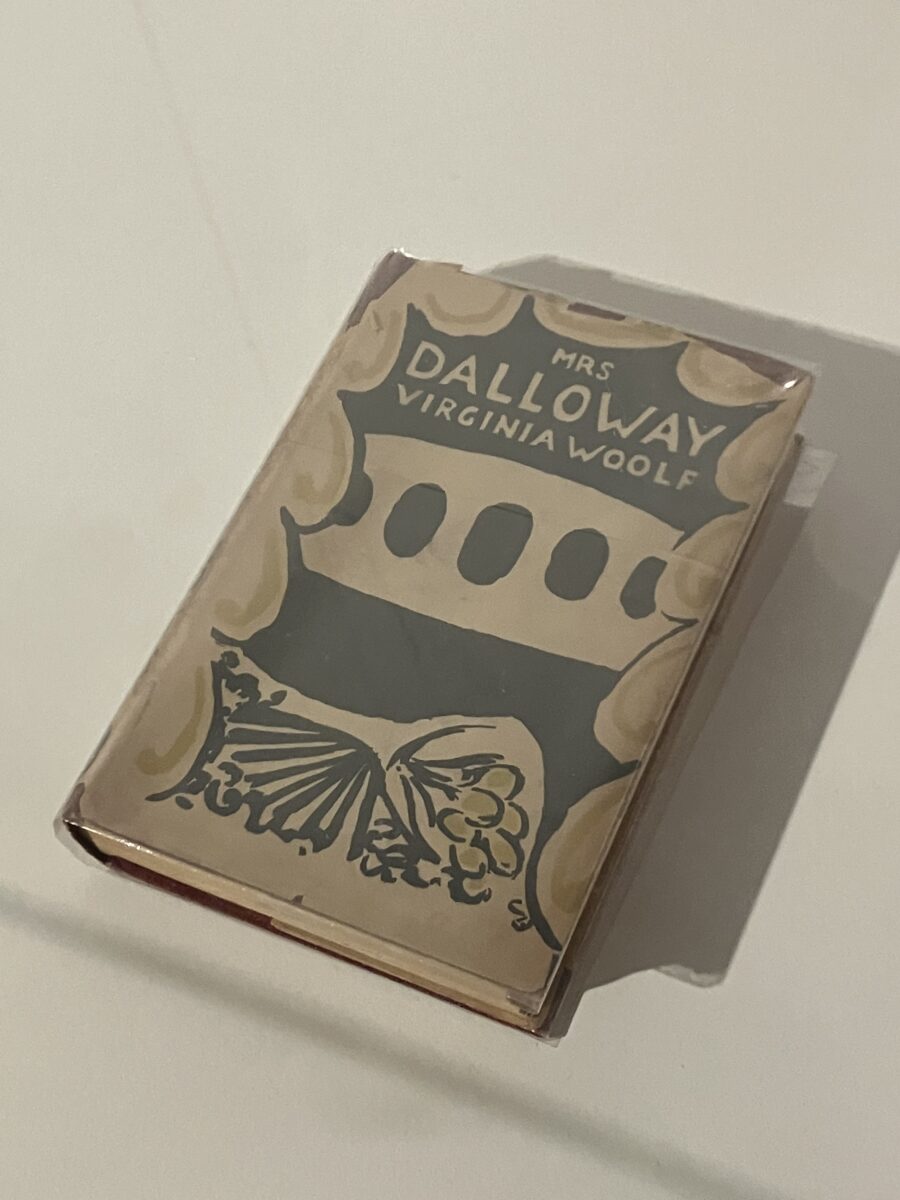
For Woolf, it’s this intense interrogation of clothing from a structural point of view, what she termed ‘frock consciousness’. Woolf saw clothing as a sociological analysis. It’s a way to look at the patriarchal, and heteronormative repressive ideals that cinch at the waist. Clothing leaves Woolf both repelled, fascinated — also inspired, since it’s so present, and symbolically charged in her works like Mrs Dalloway.
If Woolf is about deconstruction, then her sister, Vanessa Bell, is about creation. Sewing, painting, mending, needlework, were part of Bell’s everyday (see her rag rug, made from her old clothes on display). Then, with Duncan Grant, it’s about not really wearing any clothes. Or at least: how clothing can be consciously coded for a queer gaze, seen in his paintings on display.
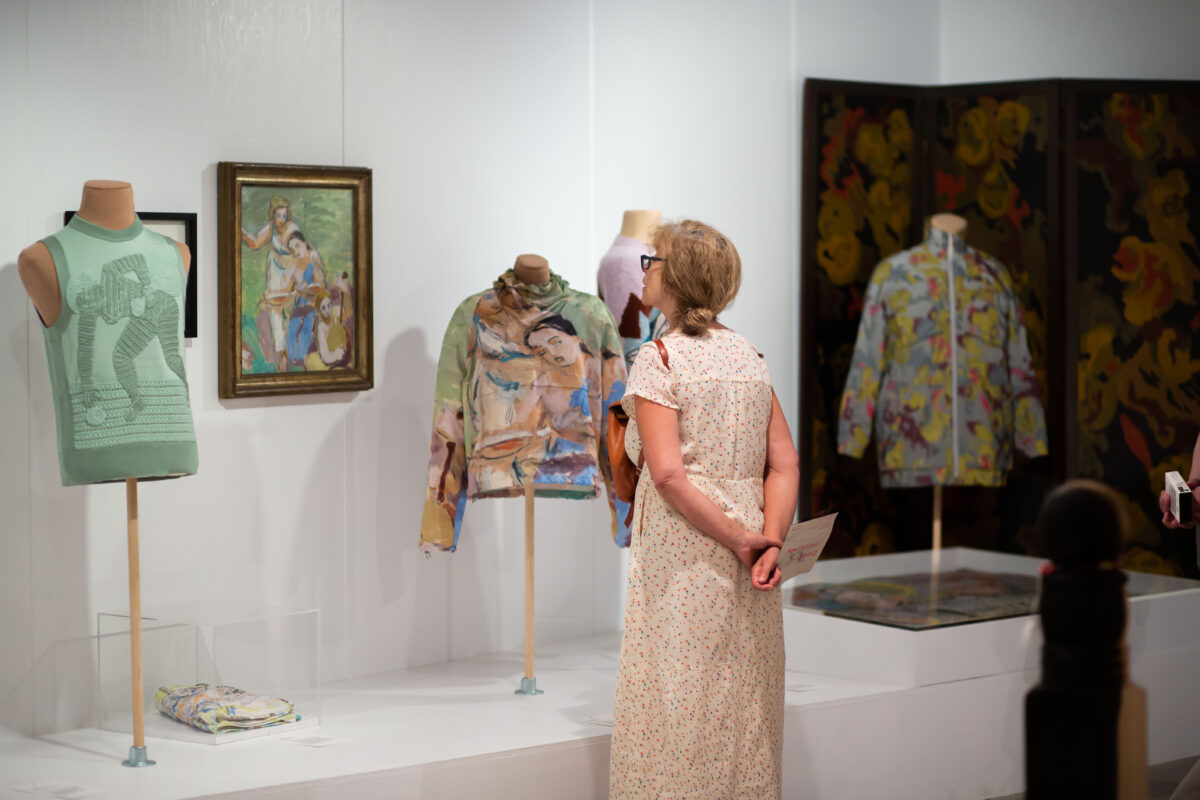
The overall point Porter is trying to make is that by understanding how the Bloomsbury group used clothes to break free from Victorian restrictive ideals around gender, then we can carry these ideas to a similarly binaried Britain today in 2023.
Bring No Clothes: Bloomsbury and Fashion, –7th January 2024, Charleston in Lewes
